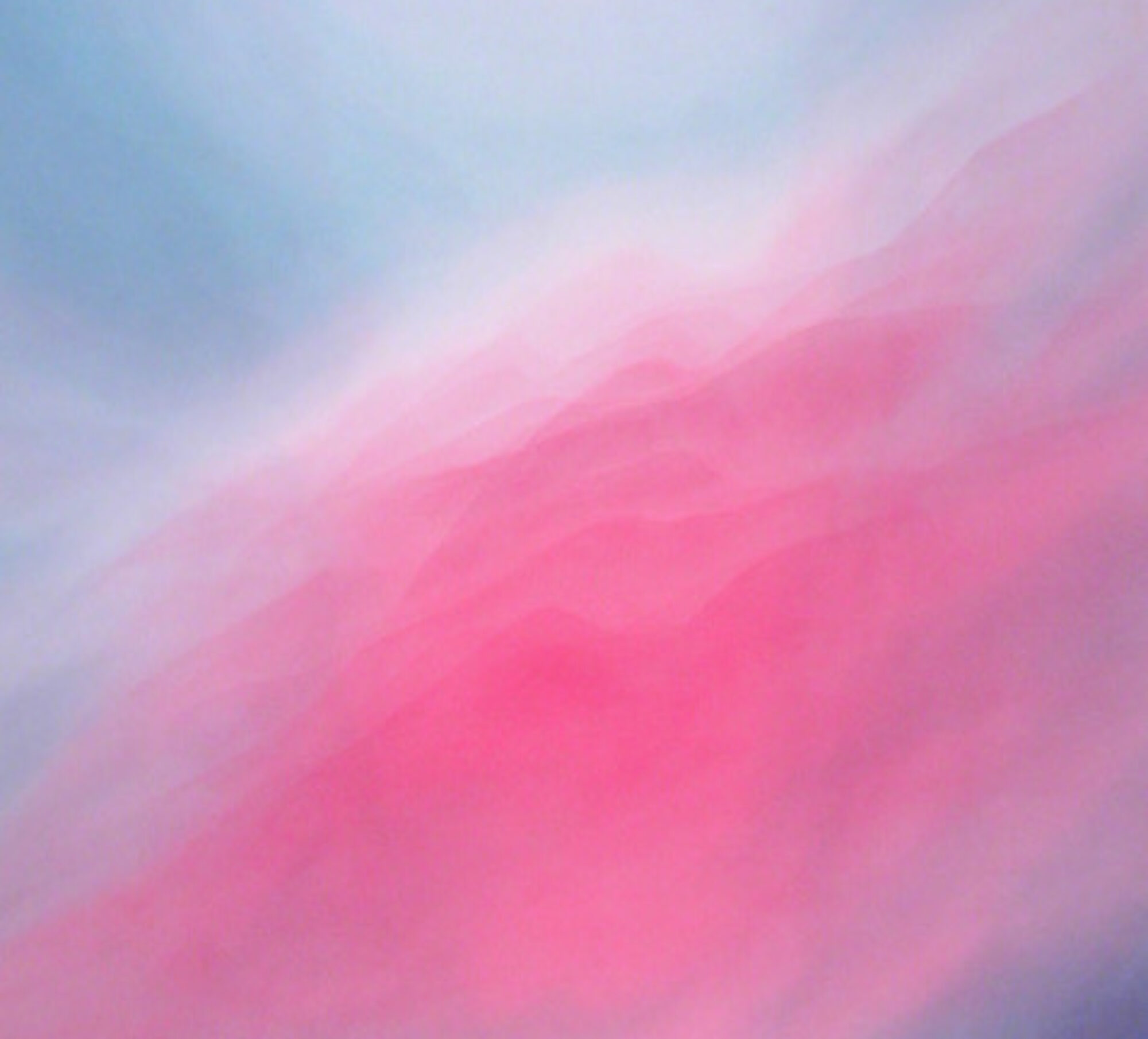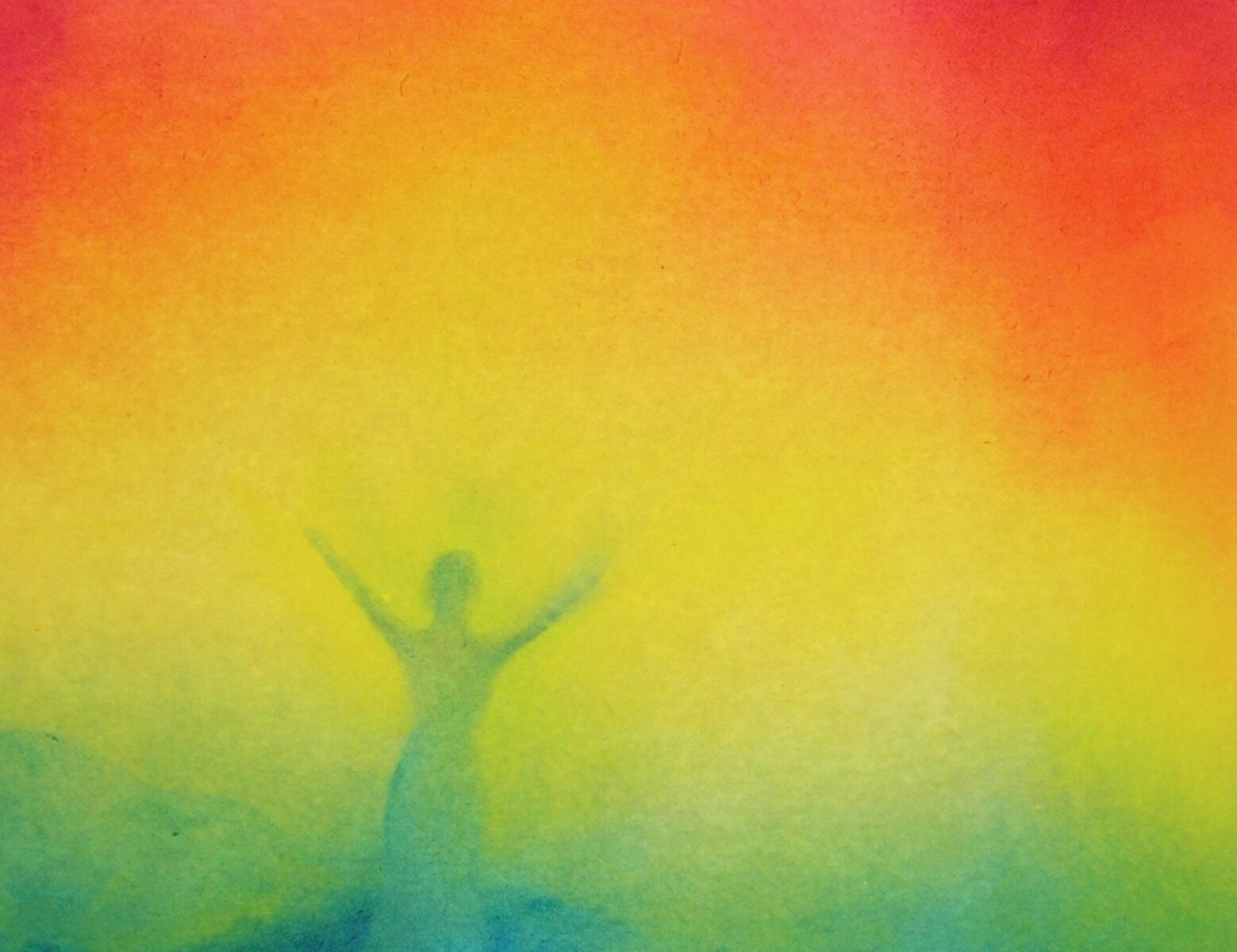What are Anthroposophic Therapeutic Arts?
Anthroposophic Therapeutic Arts are based on the work of Dr. Rudolf Steiner and Dr. Ita Wegman, the founders of Anthroposophic Medicine. Various individuals further developed the therapeutic artistic work, including Dr. Margarethe Hauschka and Liane Collot d’Herbois, in the areas of Painting and Light, Color and Darkness work. Artists Beppe Assenza and Gerard Wagner also evolved therapeutic approaches out of their work. The therapeutic visual arts also include Drawing and Sculpture, as well as Metal Color Light Therapy.
For over a hundred years, starting in the early 1920’s, Anthroposophic Therapeutic Arts have played an integral part in Anthroposophic Medicine’s multidisciplinary approach to health and illness on all levels. Based on a deep understanding of the human being from an Anthroposophic perspective, an extensive training in the therapeutic arts, and a well-grounded understanding of what supports health and can cause illness, therapists are able to support and encourage patients to actively intervene in their pathological process and, through artistic activity, stimulate their own healing resources.
Therapeutic arts can be used to affect the physical, energetic, mental and spiritual functions of the human being.
ATAA, Anthroposophic Therapeutic Arts Association, is a group of therapists specializing in providing therapeutic artistic experiences to children and adults, both healthy and ill. Though it is ideal to work in conjunction with an Anthroposophic doctor, it is also possible to work directly with an Anthroposophic Therapeutic Arts practitioner.
For practitioners in your area go to the Directory Page
ANTHROPOSOPHIC THERAPEUTIC ARTS ASSOCIATION OFFERINGS
• Light Color and Darkness Painting Therapy
BRIEF HISTORY OF ATAA FORMERLY KNOWN AS AAATNA
Anthroposophic Therapeutic Arts Association (ATAA) previously operating as Association of Anthroposophic Artistic Therapies in North America was conceived in 1997 by Martha Rowse Kelder and Karine Munk-Finser. It was brought to birth toward the end of 1997 in New York City by Martha Rowse Kelder and Phoebe Alexander. Phoebe continued to carry AAATNA through March 2002 when an inaugural meeting took place as part of the medical section conference in Toronto, during which a Canadian section was formed. It was at this juncture that Regina Kurek (Ascura School for Living Art) became the torch-bearer for the new AAATNA Canada.
In 2006, the first ever AAATNA Conference, “Healing Our Perceiving” with keynote speaker Kenneth McAlister M.D., and the first official Annual General Meeting (AGM) was held in Toronto. At this pivotal AGM it became apparent that AAATNA Canada, the once little off-shoot, had grown to become the stronger of the two sister associations. Since AAATNA’s original goal had been to serve all of North America, it was easily accepted that AAATNA Canada would now simply be AAATNA, and absorb the original US association into itself. Currently the head office for all of North America is in Canada.
Over time the group in Toronto moved their focus toward Biography work and felt that AAATNA would be better served with an Anthroposophic art therapist at its helm. In January 2019, Gabriel Freydank-Edelstein contacted Joan Bahner in Vancouver to ask if she would be willing and interested in carrying AAATNA into the future. A Board was formed and on November 2019, AAATNA was transferred from Toronto to Vancouver to continue as a voice for Anthroposophic Therapeutic Arts in North America.
In 2022, the AAATNA membership voted to change the name of the association from Association of Anthroposophic Artistic Therapies in North America (AAATNA) to Anthroposophic Therapeutic Arts Association (ATAA) to simplify and make the name easier to remember The membership also voted to redesign the logo, wishing to focus on visual elements essential in communicating the work of therapeutic arts, while still honoring the original founders, therapists and artists of AAATNA.
The Logo: The Open Lemniscate as the Basis of the Caduceus
The significance of the open lemniscate is that it shows the working together of the Michael Path (through waking consciousness, upper pole, light) with the Raphaelic Path (through life, lower pole, darkness, healing, sleep). These paths cross in the center, the heart, in love and warmth.
The open form indicates an openness to spirit (from above) and has qualities of movement and dynamic balance. The vertical aspect, in this case the light pouring in from above, represents the “I” working through all the sheaths of the human being and is directly connected to the spirit.

